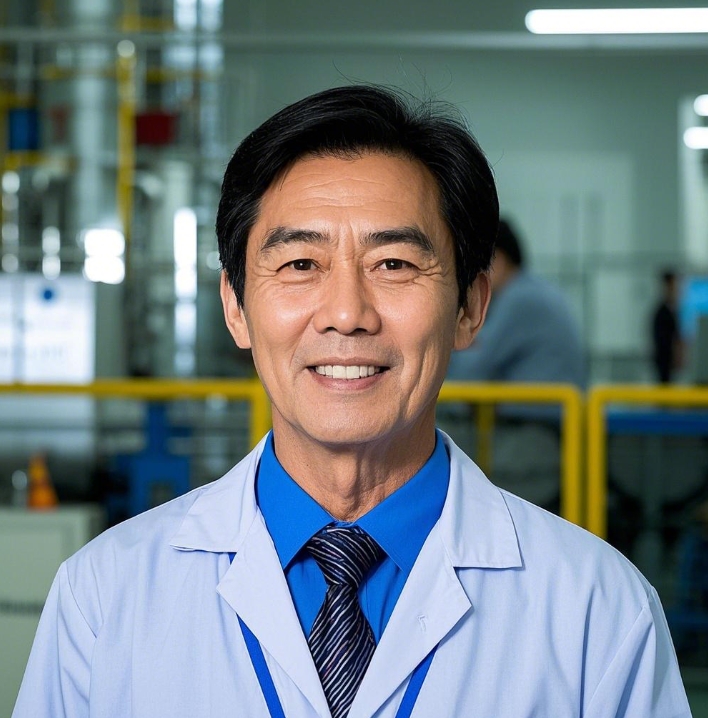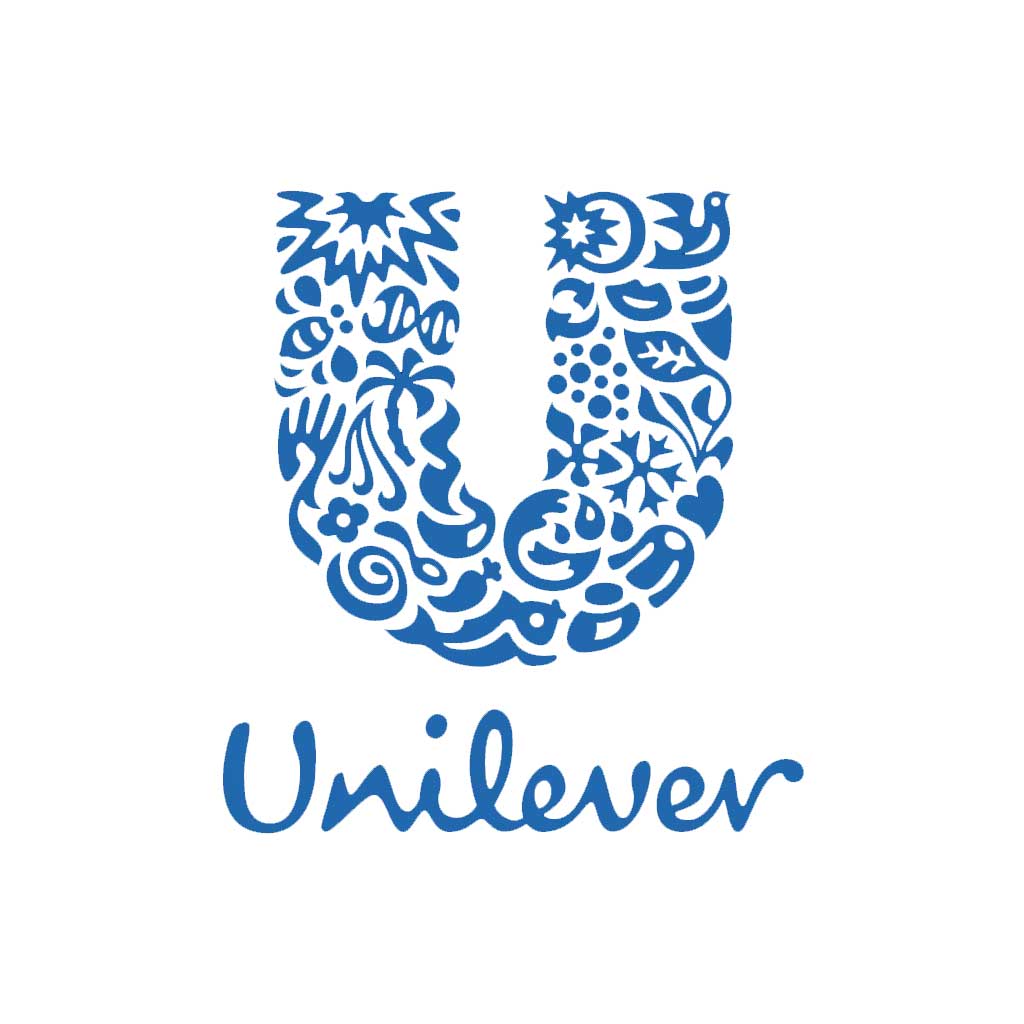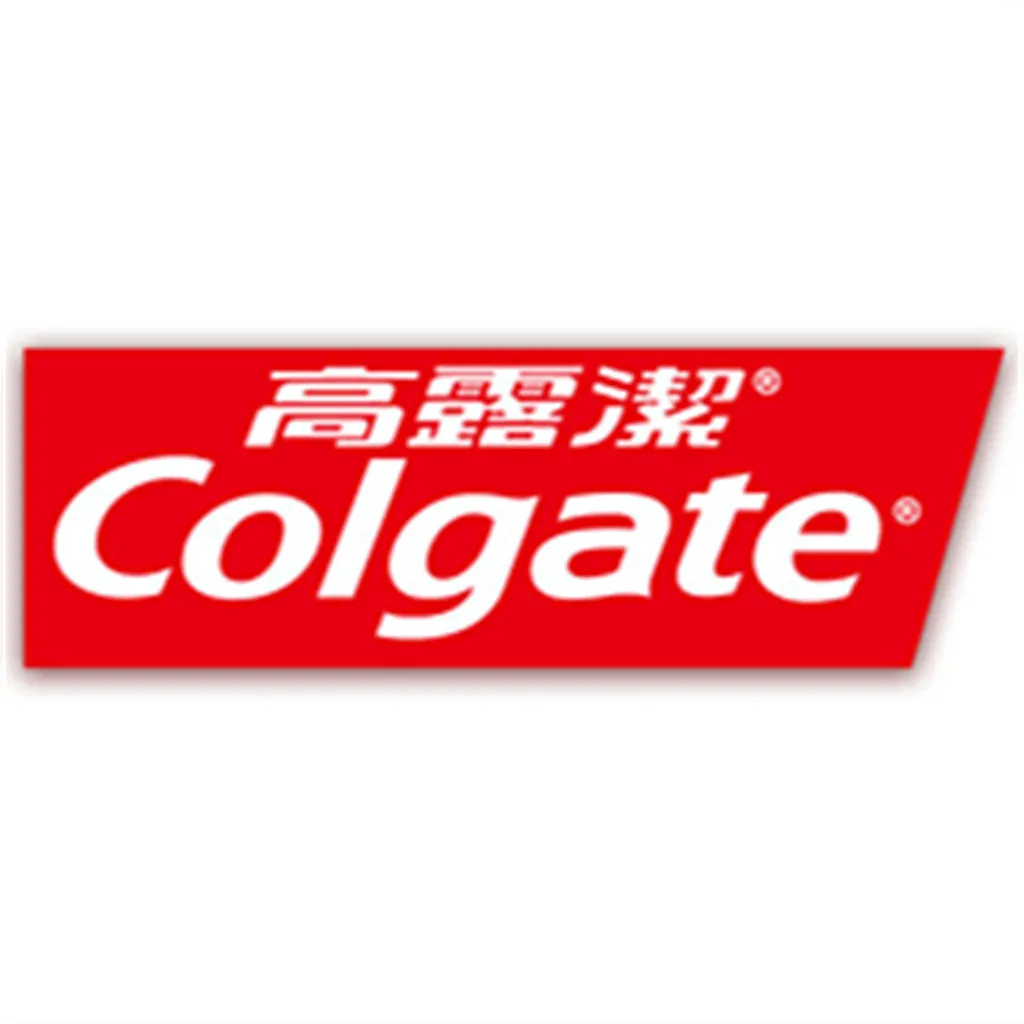
Factory Supply PLGA (Poly(lactic-co-glycolic acid)) with CAS number 26780-50-7 is a synthetic, biodegradable, and biocompatible copolymer composed of lactic acid and glycolic acid monomers. It is available at a low price, making it an attractive option for various industries. This product has a wide range of molecular weights and ratios of lactic acid to glycolic acid, allowing for customization based on specific application requirements.
The physical properties of PLGA depend on its composition and molecular weight. Generally, it is a white to off - white powder or granules. It has good solubility in common organic solvents such as dichloromethane, chloroform, and acetone. The glass transition temperature (Tg) and melting point of PLGA can be adjusted by changing the ratio of lactic acid and glycolic acid. For example, a higher proportion of glycolic acid usually results in a lower Tg and a more hydrophilic polymer.
In the biomedical field, PLGA is extensively used in drug delivery systems. It can encapsulate various drugs, including small - molecule drugs, proteins, and nucleic acids. The biodegradable nature of PLGA allows for controlled and sustained release of the encapsulated drugs over time, which is beneficial for improving the efficacy and reducing the side effects of drugs. For instance, PLGA microspheres can be injected into the body, and the drug will be gradually released as the polymer degrades.
Another important application is in tissue engineering. PLGA scaffolds can provide a three - dimensional structure for cell growth and tissue regeneration. The porous structure of the scaffolds allows cells to attach, proliferate, and differentiate. It can be used in the repair of bone, cartilage, and nerve tissues. Moreover, PLGA is also used in the production of sutures. The absorbable sutures made of PLGA gradually degrade in the body after the wound has healed, eliminating the need for suture removal.
In the agricultural industry, PLGA can be used as a carrier for pesticides or fertilizers. It can control the release of these substances in the soil, reducing environmental pollution and improving the utilization efficiency.
When using PLGA for drug encapsulation, first, the drug and PLGA are dissolved in an appropriate organic solvent. Then, an emulsion is formed by adding an aqueous phase under high - speed stirring. The solvent is then removed by evaporation or extraction, resulting in the formation of drug - loaded PLGA particles. The particle size and encapsulation efficiency can be controlled by adjusting the formulation and process parameters such as the ratio of drug to polymer, the type of surfactant, and the stirring speed.
For tissue engineering applications, PLGA scaffolds can be fabricated by various methods such as solvent casting, particulate leaching, and 3D printing. The fabricated scaffolds need to be sterilized before cell seeding. Cells are then seeded onto the scaffolds in a suitable cell culture medium and cultured under appropriate conditions to promote cell growth and tissue formation.
Case 1: Drug Delivery in Cancer Treatment
In a recent cancer treatment study, researchers encapsulated a chemotherapy drug in PLGA nanoparticles. The nanoparticles were injected into the tumor - bearing mice. The results showed that the PLGA - encapsulated drug had a longer circulation time in the body compared to the free drug. It also accumulated more specifically in the tumor tissue, resulting in better anti - tumor efficacy and reduced systemic toxicity. The controlled release of the drug from the PLGA nanoparticles ensured a continuous supply of the drug to the tumor cells over a long period.
Case 2: Tissue Engineering of Cartilage
A research team used 3D - printed PLGA scaffolds for cartilage tissue engineering. They seeded chondrocytes onto the scaffolds and cultured them in a bioreactor. After several weeks of culture, the cells proliferated and secreted extracellular matrix, forming a cartilage - like tissue. The PLGA scaffolds provided a suitable environment for cell growth and differentiation, and the mechanical properties of the engineered cartilage tissue were gradually improved, showing great potential for cartilage repair.
If you have any questions or need further information about our Factory Supply PLGA CAS 26780 - 50 - 7, please feel free to contact us. Our email address is info@vivalr.com, and our phone number is (86) 15866781826.

Este es William, CEO de Zhishang Chemical Co., Ltd.
Le invitamos a visitar nuestra fábrica. Como el fabricante de productos químicos superior, nos hemos estado esforzando para la calidad del producto, la innovación, el R&D, y el servicio de atención al cliente por los últimos 7 años. En los próximos 10 años o incluso más, nos comprometemos a convertirnos en el proveedor de productos químicos más fiable del mundo, creando una marca internacional conocida en la que confíen los clientes, con el espíritu de "un metro de ancho, diez mil metros de profundidad", seguimos centrándonos en la investigación y el desarrollo de productos, seguimos centrándonos en el servicio al cliente, seguimos mejorando el sistema de servicio de la cadena de suministro, para crear un equipo profesional de servicio de suministro de productos químicos, para lograr una cooperación a largo plazo en la que todos ganen. No dude en ponerse en contacto con nosotros si tiene alguna pregunta.











